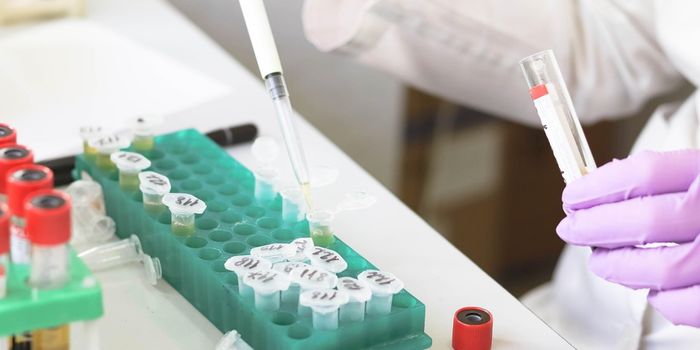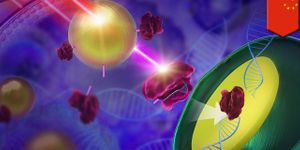A Better Way Diagnose Pancreatic Cancer for Improved Outcomes
Pancreatic cancer can often grow to an advanced stage without causing detection, so patients usually aren't diagnosed until it has metastasized. Cancer is at its deadliest by far after it has spread to other parts of the body. Pancreatic tumor cells that break away are often protected by a shield, enabling them to resist the effects of many anticancer therapeutics. Researchers at the Salk Institute have now identified a signaling protein that could create a way to fight pancreatic cancer, and diagnose it earlier. The work has been reported in Nature.
In this study, the scientists found that when cells that normally lie dormant in the pancreas, pancreatic stellate cells, become activated, they release proteins that can form a coating around the tumor. These activated stellate cells secrete a molecule called LIF, which signals to tumor cells, stimulating them to grow and encouraging it to develop.
LIF might also be useful as a biomarker that can help clinicians diagnose pancreatic cancer faster and treat it more effectively.
“There haven’t been very many advances in pancreatic cancer therapy because it’s a difficult cancer to diagnose and treat,” said Salk American Cancer Society Professor Tony Hunter. “Understanding this communication network between the cancer cells and stellate cells may enable us to develop more effective therapies, along with tools for earlier diagnosis.”
This year, about 55,000 new cases of pancreatic cancer will be diagnosed and around 45,000 people will die from the disease. By 2030, it is projected that pancreatic cancer will be the second-leading cause of deaths related to cancer.
“Most solid cancers are not caused by [an] abnormality in a single cell type. Instead, the tumor cells live and work cooperatively with surrounding normal cells in the tissue. They can also ‘go bad’ together as an unholy alliance, which can lead to cancer,” said the first author of the study Yu Shi, a postdoctoral fellow at Salk. “If we can understand how the different types of cells interact with each other within the tumor microenvironment, then we may uncover a good target to eventually cure the disease.”
The investigators grew stellate and cancer cells in culture to study the signaling process. “We wanted to see what kind of signaling was activated in the tumor cells in pancreatic cancer,” said Shi. “LIF is an important factor that normally helps stem cells maintain their developmental potential during the embryonic period, but usually vanishes in adulthood. We found that activated stellate cells are secreting LIF, which acts on neighboring cancer cells.”
After determining that LIF was crucial to the communication between the cells, the researchers blocked the effects of the molecule in a mouse model of pancreatic cancer. When LIF signaling was lost, tumor growth slowed, and the efficacy of chemotherapeutic agents was improved.
“Previous studies have shown that if you kill the pancreatic stellate cells, then the tumors get worse,” said Hunter, the Renato Dulbecco Chair at Salk. “This means that you don’t want to destroy the pancreatic stellate cells that secrete signaling factors, but rather want to stop them from delivering the stimulatory signals to the tumor cells.”
The researchers followed up by assessing LIF levels in the blood and tumors of pancreatic cancer patients. They found that LIF levels are linked to tumor growth and chemotherapy response.
“We were excited to find that elevated LIF levels were significantly correlated with tumor cell status and the response to chemotherapy,” said Shi. “These results are consistent in both the mouse model and human pancreatic cancer.”
LIF turned out to be better at measuring pancreatic cancer than the only current FDA-approved biomarker.
“One possibility would be to use a combination of the two biomarkers to get a better picture of the disease status and response,” noted Hunter. “We also think that the anti-LIF antibody therapy could be useful, in combination with other therapeutics, to treat pancreatic cancer. This is very translatable research, and it’s nice to be working on a project that has the ability to make a direct impact on a deadly human cancer.”
Sources: AAAS/Eurekalert! Via Salk Institute, Nature









